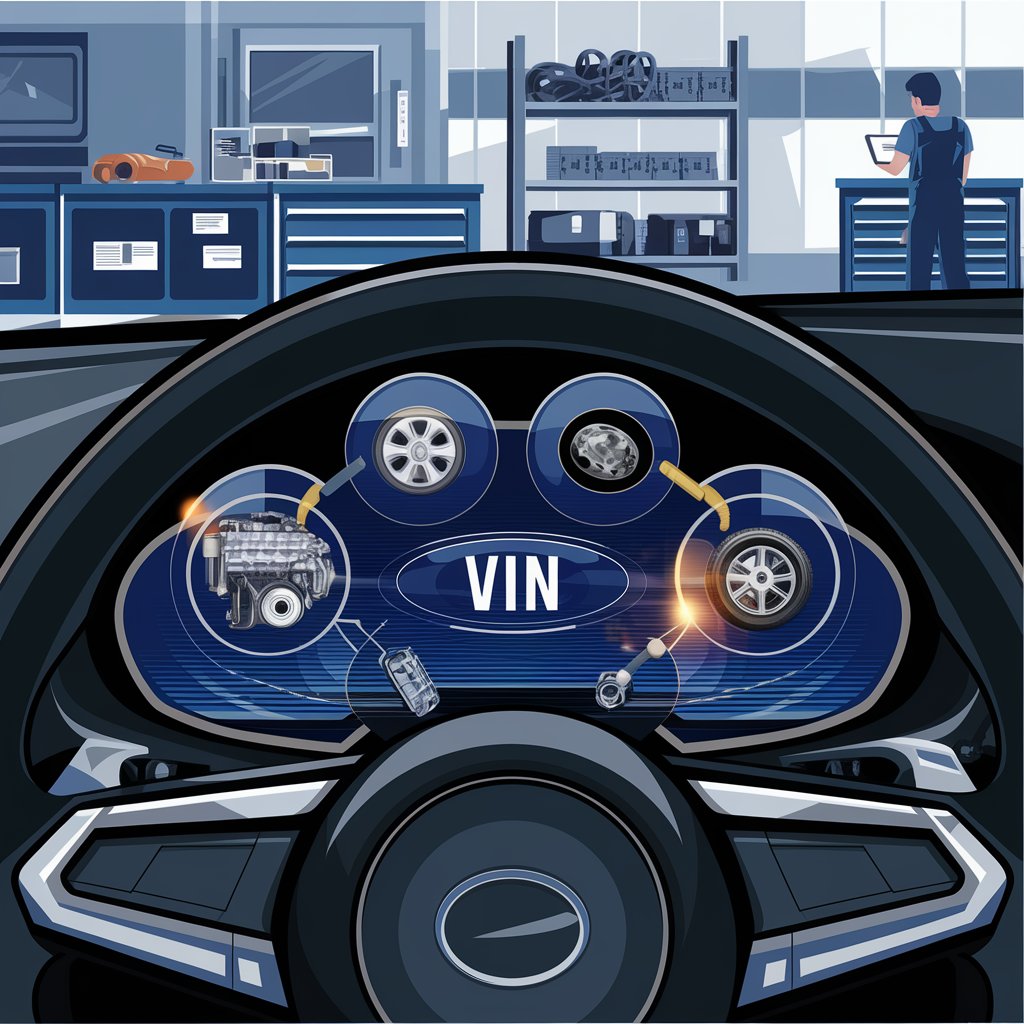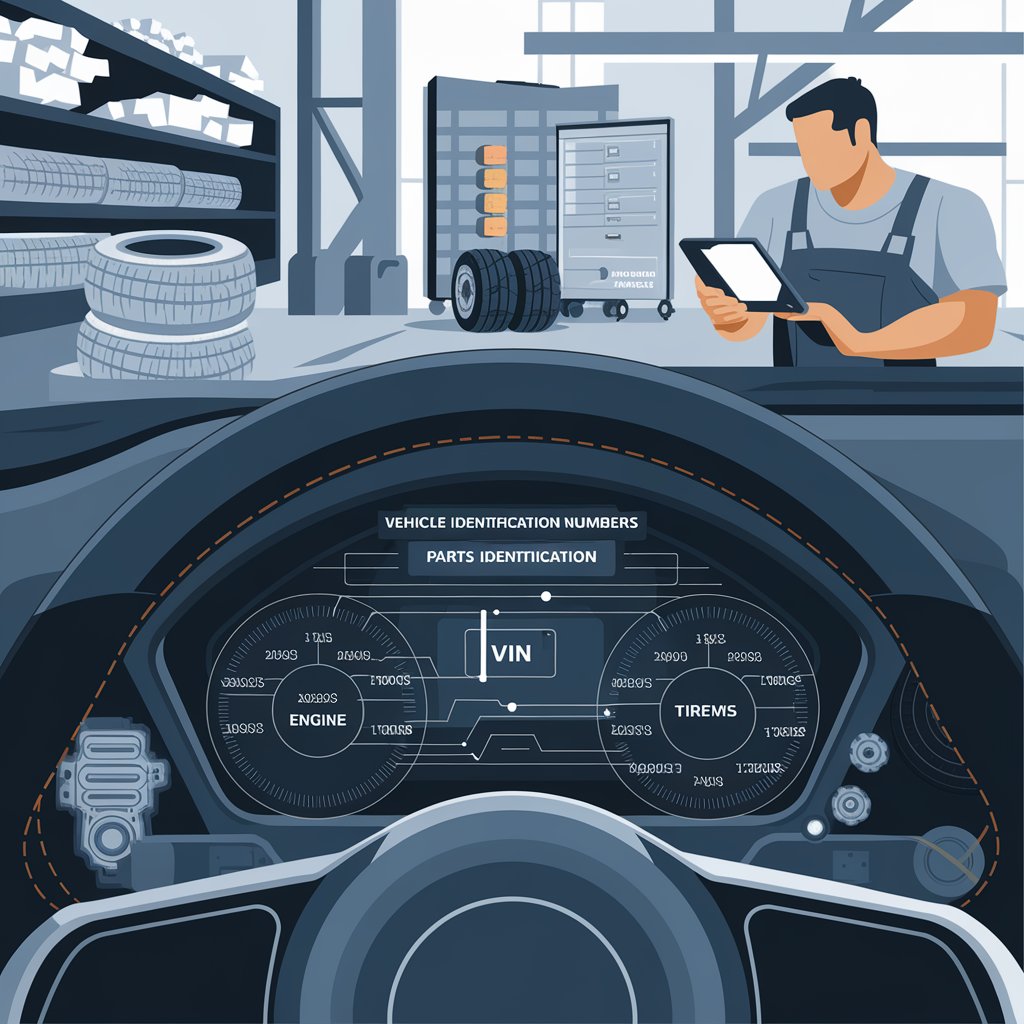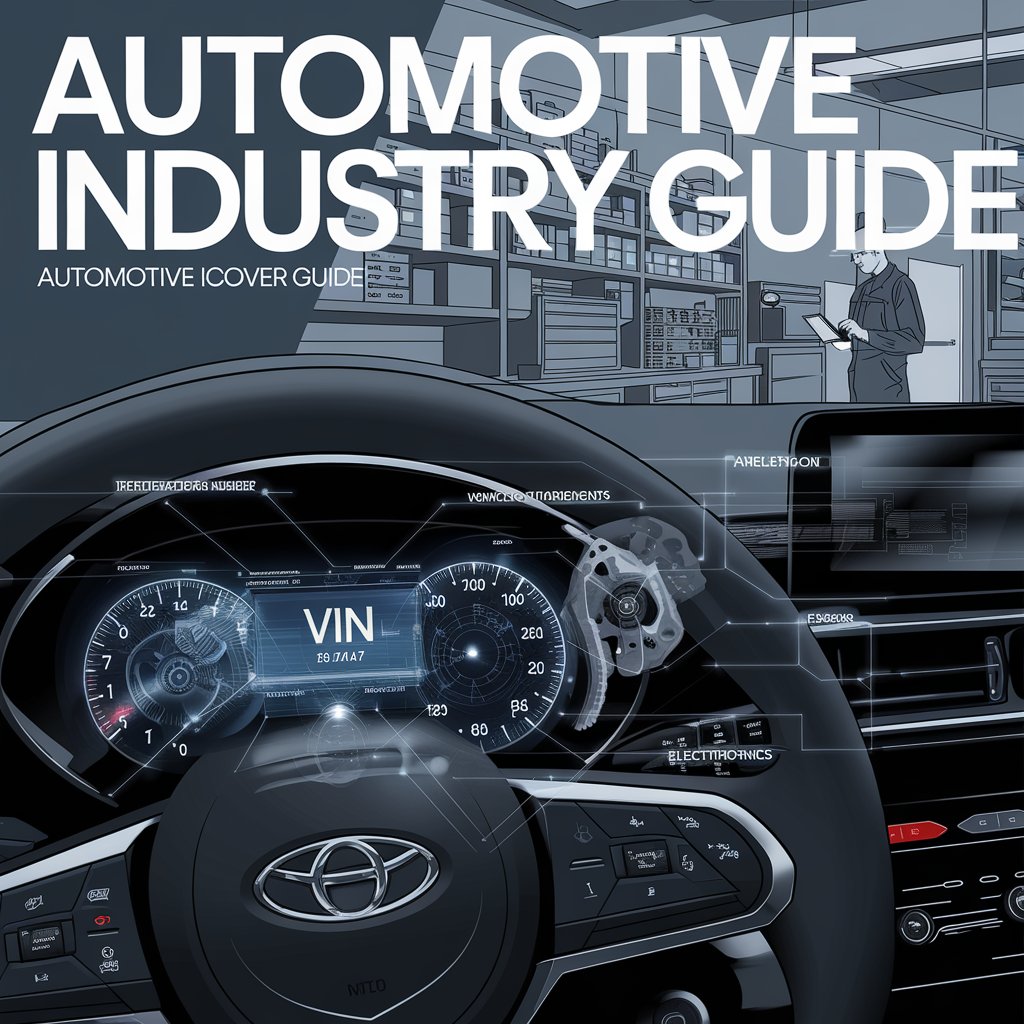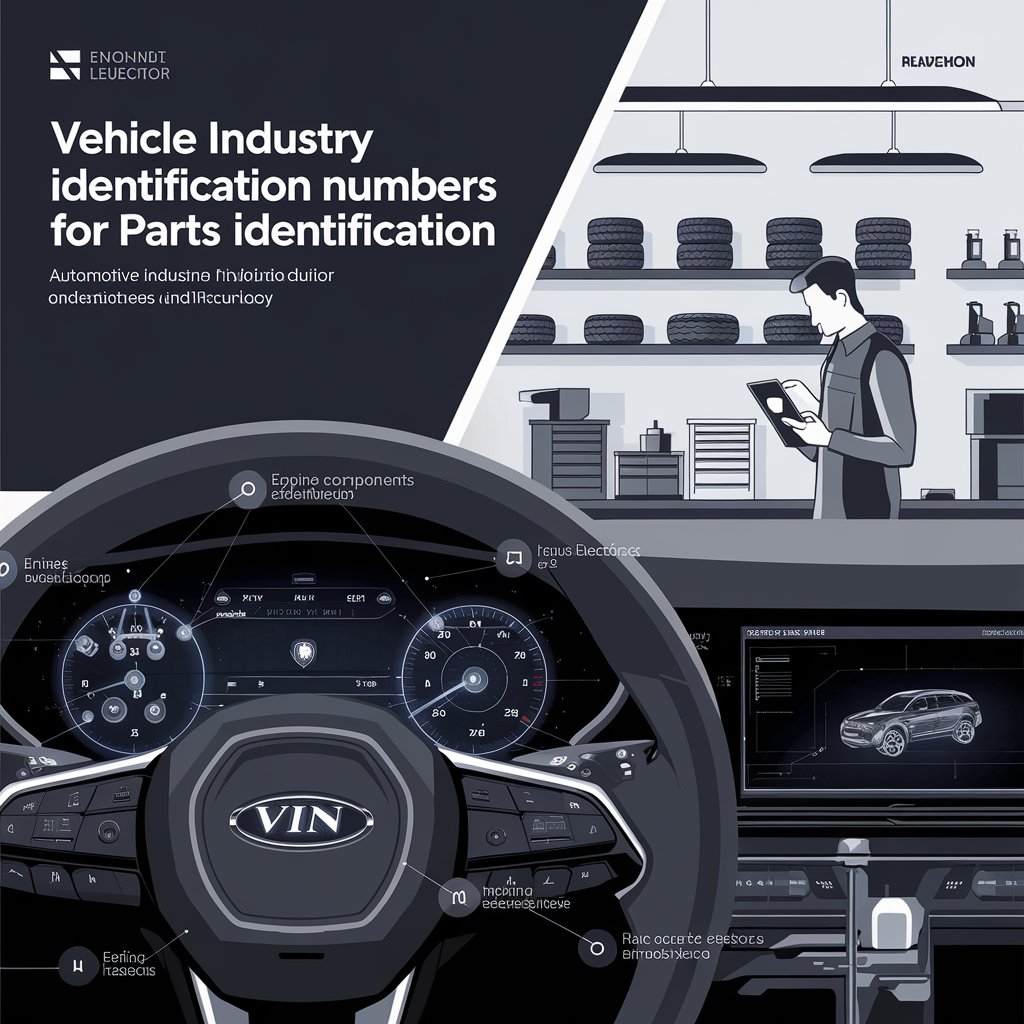Finding Auto Parts by VIN: Streamlining Your Supply Chain

Understanding the VIN
The VIN is a unique 17-character code assigned to every vehicle manufactured for use on public roads. It contains crucial information about the vehicle’s make, model, year, and specifications.
VIN Structure:
- Characters 1-3: World Manufacturer Identifier (WMI)
- Characters 4-8: Vehicle Descriptor Section (VDS)
- Character 9: Check Digit
- Character 10: Model Year
- Character 11: Manufacturing Plant
- Characters 12-17: Production Sequence Number
Benefits of Using VIN for Parts Lookup
- Accuracy: Ensures you get the exact part designed for the specific vehicle
- Efficiency: Reduces time spent on manual cross-referencing
- Reduced Errors: Minimizes the risk of ordering incorrect parts
- Inventory Optimization: Helps maintain appropriate stock levels of specific parts
- Customer Satisfaction: Improves service by quickly providing correct parts
How to Find Parts Using a VIN
- Decode the VIN: Use online VIN decoders or manufacturer databases to interpret the VIN information
- Utilize Parts Catalogs: Many parts suppliers and manufacturers offer VIN-based lookup tools in their catalogs
- OEM Websites: Most original equipment manufacturers provide VIN lookup services on their websites
- Third-Party Databases: Various online platforms aggregate parts information across multiple brands
- Dealer Networks: Authorized dealerships have access to comprehensive parts databases
- Automotive Software: Specialized software can automate the VIN lookup process for parts

Best Practices for VIN-Based Parts Sourcing
- Verify VIN Accuracy: Double-check the VIN to avoid errors in parts ordering
- Use Multiple Sources: Cross-reference parts information from different databases for confirmation
- Keep Records: Maintain a database of successful VIN-to-part matches for future reference
- Stay Updated: Ensure your parts catalog or database is regularly updated with the latest information
- Train Staff: Educate your team on proper VIN interpretation and parts lookup procedures
- Implement Quality Control: Have a system to verify that the parts received match the VIN specifications
Challenges in VIN-Based Parts Lookup
- Mid-Year Changes: Manufacturers sometimes make changes within a model year, not reflected in the VIN
- Aftermarket Modifications: VINs don’t account for any modifications made after manufacturing
- Legacy Vehicles: Older vehicles may have less detailed information available through VIN lookup
- International Variations: Vehicles manufactured for different markets may have different specifications despite similar VINs
Integrating VIN Lookup into Your Supply Chain
- Automated Ordering Systems: Implement systems that can automatically order parts based on VIN information
- Inventory Management: Use VIN data to predict parts demand and optimize inventory levels
- Customer Portals: Provide VIN-based parts lookup capabilities to customers for self-service options
- Mobile Solutions: Equip field technicians with mobile VIN scanning and parts lookup tools
- Data Analytics: Analyze parts demand patterns based on VIN data to improve forecasting
:

Future Trends in VIN-Based Parts Sourcing
- AI and Machine Learning: Advanced algorithms to predict parts failures based on VIN data
- Blockchain Technology: Secure, tamper-proof records of vehicle history and parts replacements
- IoT Integration: Connected vehicles providing real-time data for proactive parts replacement
- 3D Printing: On-demand production of parts based on VIN specifications
- Augmented Reality: AR applications for visual parts identification and installation guidance

Conclusion
Finding auto parts by VIN is a powerful tool for streamlining the automotive supply chain. By leveraging this technology, businesses can improve accuracy, reduce errors, and enhance overall efficiency in parts sourcing and inventory management. As the automotive industry continues to evolve, VIN-based parts lookup will play an increasingly critical role in maintaining competitive edge and customer satisfaction.
For businesses looking to optimize their auto parts sourcing and inventory management processes, Linbis offers advanced software solutions that integrate seamlessly with VIN-based systems. Our platform can help automate parts lookup, streamline ordering processes, and provide valuable insights for inventory optimization. To learn more about how Linbis can enhance your auto parts supply chain, contact us today for a personalized demonstration.
